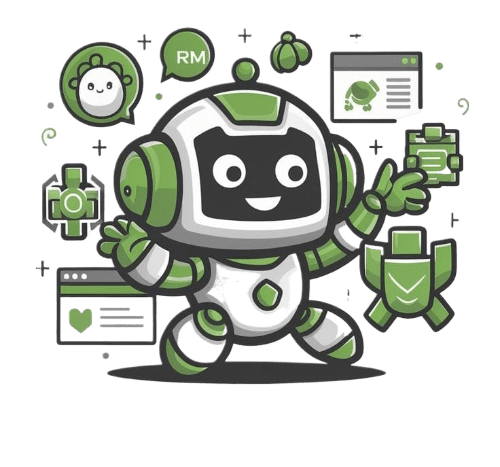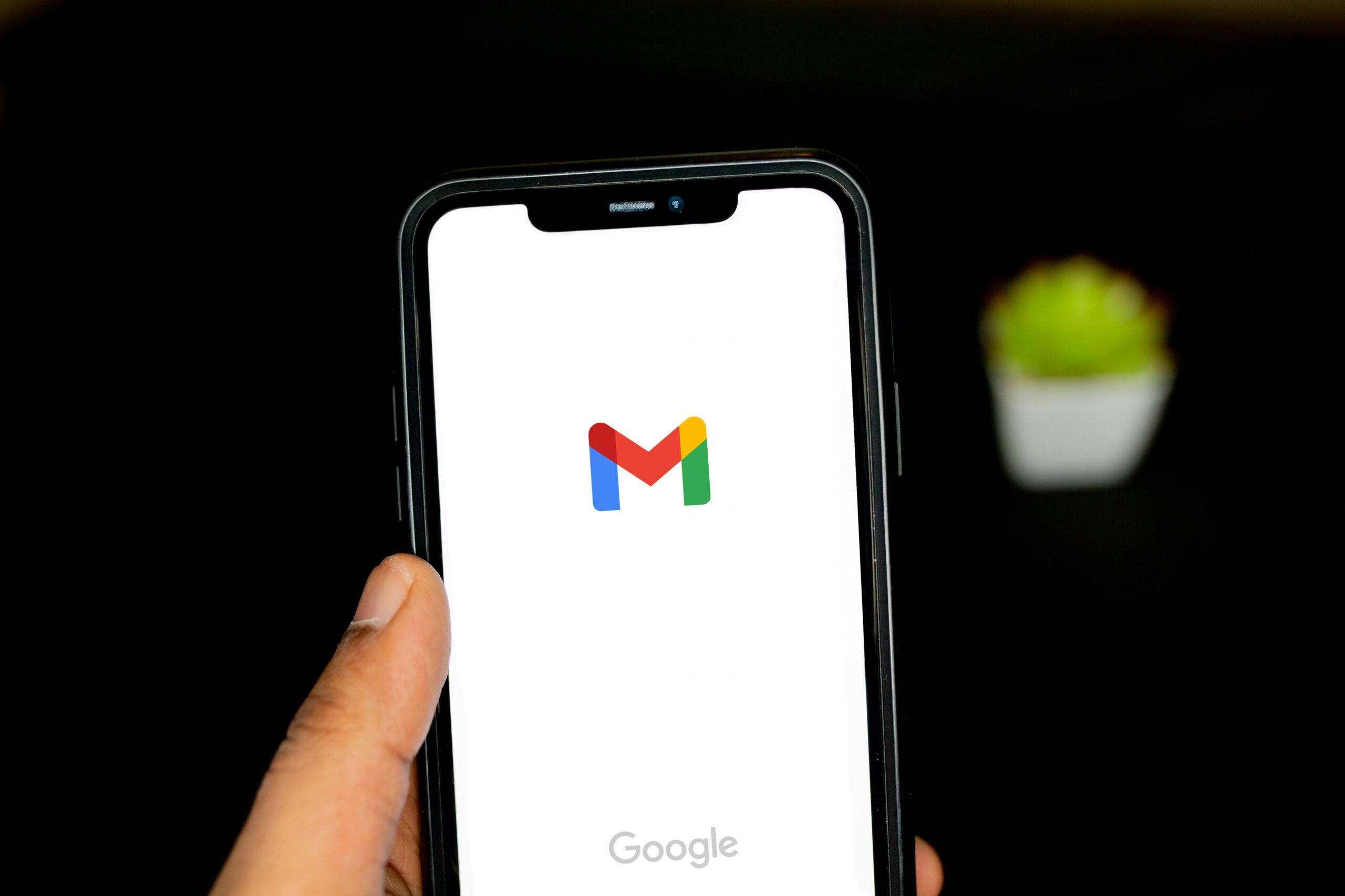What if every email your business sent resonated deeply with the recipient, almost as if it were crafted just for them? Imagine open rates soaring, click-through rates exceeding expectations, and engagement levels that redefine your benchmarks. This is not a distant dream—it’s the reality AI email personalization is making possible.
Personalization in contemporary email campaigns is not luxury but needed. Analysis shows that emails obtained through addressing everyone are mostly ineffective. It amazes marketing experts today to make out of the orchestra noise in meaningful, scalable ways. Hence, say hello to AI. An entirely transformational perspective of email personalization is what it means for businesses to connect intimately with the audience without using overwhelming manual effort.
So, how does this magical technology work? And, more importantly, how can you utilize it effectively in your campaigns?
What is AI in Email Marketing?

Artificial continuing intelligence is a revolutionizing production tool for almost every industry, and email marketing is included as well. At its core, AI email personalization uses data analytics and machine learning algorithms for customizing email content according to individual preferences and behaviors and interests. But why, exactly, this is of supreme importance in email marketing today?
Take this: statistical insights say Campaign Monitor-that personalized emails engage 6 times as many people calling actual transactions compared to those of standard emails. That’s a pretty powerful idea. AI takes this into a new dimension by automating and fine-tuning the techniques, delivering highly personalized experiences at scale.
For the marketer and the business owner, this means two things:
- Being able to create emails that would seem intimate and real—and timely enough to any recipient.
- Achieving all of this with extreme effectiveness in campaigns that go out to thousands (or millions) of targeted consumers.
Benefits of AI Email Personalization
Why should marketing make using AI the core to their email strategies? Three good reasons are:
1. Higher Open and Click-Through Rates
Emails tailored to users’ interests are far more likely to grab attention. AI-based tools analyze user behavior—like past purchases, browsing history, or engagement patterns—to craft subject lines, content, and offers that stand out. For example, an email with the subject “Your perfect jacket for the season!” feels much more engaging than “New Season Sale.”
You will witness a significant increase in open and click-through rates from businesses that deliver a timely and relevant email. AI email personalization will ensure that your message reaches the intended audience and resonates with them.
2. Enhanced Customer Retention
What signifies that you value your customers? Personalization will do away with such questions. When people view emails that promise to fulfill their wants, they are more likely to connect with the brand. AI technologies send reminders of abandoned carts in their shopping, recommended products that they would like, or a feature of their choices. This effort fosters a bond of trust and a lifetime loyalty.
3. Time Efficiency and Scalability
Traditional personalization methods are time-consuming and impractical for large-scale campaigns. Enter AI. With machine learning algorithms, you can automatically segment audiences, analyze data, and generate content that’s uniquely tailored—all in a fraction of the time. Whether you’re sending to 100 or 100,000 recipients, personalized email AI effortlessly scales.
How AI Email Personalization Works
Behind its magic lies a meticulous, data-driven process. Here’s how email personalization AI typically works:
1. Data Collection and Analysis
The above-mentioned process consists of data gathering. As with all AI technologies, the first step is to have data, collect it, process, analyze, and then synthesize results based on present trends. Only the most relevant trends to the customer can be interpreted for future recommendations.
Suppose that, in fact, a person seems to spend a lot of time on the site investigating outdoor gear; then this person might be tagged as an “adventure enthusiast”. The rest works because that could be used in his email campaigns.
2. Segmentation and Targeting
Once the data is collected, AI segments audiences into distinct groups based on shared attributes or behaviors. Beyond simple demographic segmentation, AI can create highly nuanced audience insights. You could, for instance, target “frequent travelers who purchase during sales” with one type of campaign and “luxury buyers who engage with premium products” with another.
3. Dynamic Content Generation
This is where the magic happens. AI doesn’t just segment—it creates content tailored to each segment or individual. Dynamic content in personalized email AI ensures that different recipients can see vastly different email versions based on their data profiles. From personalized product recommendations to location-specific promotions, AI dynamically adapts the email content for maximum impact.
Take cold email personalization AI as an example. A smart AI tool could craft an outreach email that feels completely unique to the recipient, referencing specific work, achievements, or interests based on publicly sourced data.
Best Practices for Implementing AI in Email Campaigns

AI-powered tools are incredibly useful, but their effectiveness hinges on how you use them. To maximize results, follow these best practices:
1. Choose the Right Platforms
Not all email personalization AI tools work the same way. CRM Express, Jasper AI, and others fall under popular platforms that apply robust personalization features, but others just need evaluation for proper fit against particular goals, like smooth integration into established CRMs and functional actionable insights.
2. Leverage Behavioral Data
Behavioral data is the backbone of the AI personalized emails. By way of example, use information points from past purchases, email engagement, website clicks, and product views to shape messages that fit the recipients” actions. Improvement in engagement comes through behavioral triggers-such as sending reminder emails after a customer visits a certain product page.
3. Test and Optimize
Continuous learning is what makes AI tools exceptional. A/B testing with different subject lines, CTAs, and designs is a must. Learn from these insights to understand what resonates with the audience and tweak the campaigns accordingly.
4. Humanize AI-Generated Content
AI provides such dramatic power; the human factor in your content should be included. Use humor, empathy, or storytelling to divert the email flow away from the robotic. AI must aid, not replace, real human connections.
Case Studies and Success Stories
AI Email Personalization Made Really Amazing: It’s Really Delivering Its Magic to the Actual World Enterprises.
E-Commerce Retailer’s 30% Revenue Boost
An online clothing retailer has applied AI email personalization in recommending products based on browsing and purchasing histories. Result: A staggering 30% increase of income stemming from emails in just three months.
Tech Company Perfects Their Cold Outreach
Cold email personalization AI enabled a SaaS company to create highly-targeted initial emails for new clients, customizing the recipient’s unique business pain points, and achieving a 50% higher response rate compared to generic outreach.
Unlock the Future of Email Personalization
AI email personalization is no longer a nice-to-have—it’s an essential part of any successful marketing strategy. Whether you’re aiming for higher open rates, greater engagement, or increased conversion, the combination of customer data and AI tools can unlock tremendous potential.
Start Small. Explore All Those AI Platforms Targeted Toward Email Marketers, Test Their Capacities, and Watch How Personalized Email AI Can Change Your Campaigns. Remember, It’s Not About Just Sending Emails-It’s About Developing Relationships That Matter over Time.

